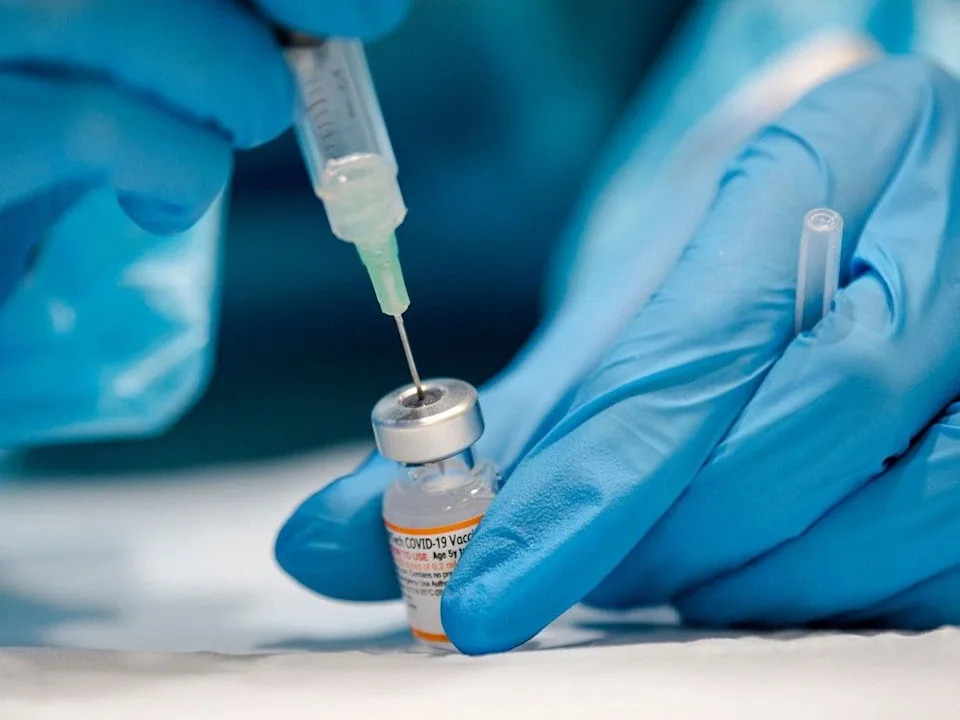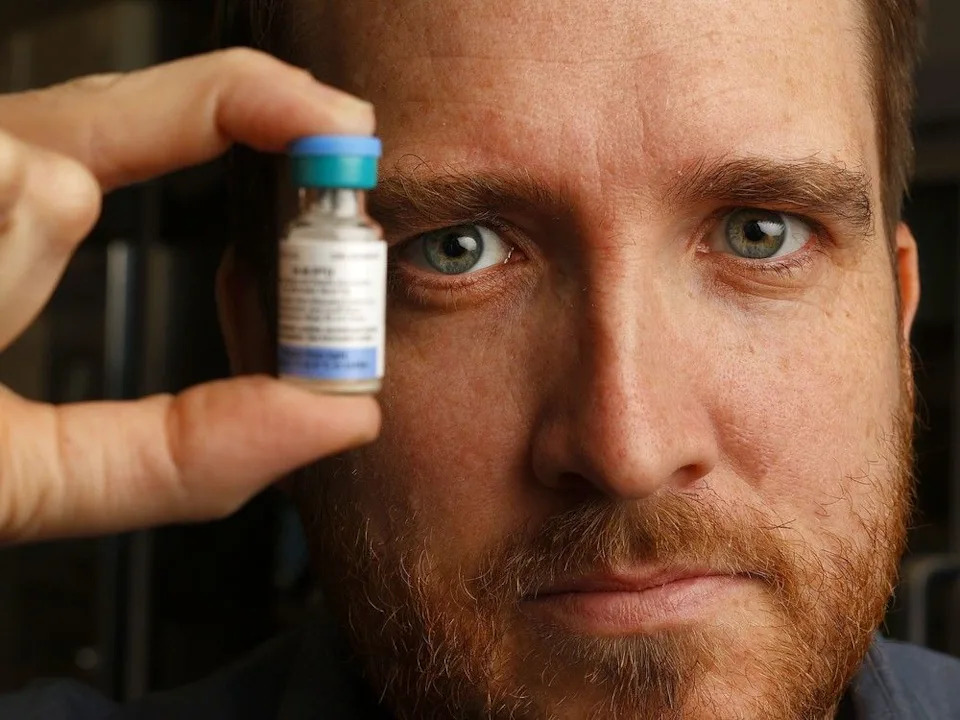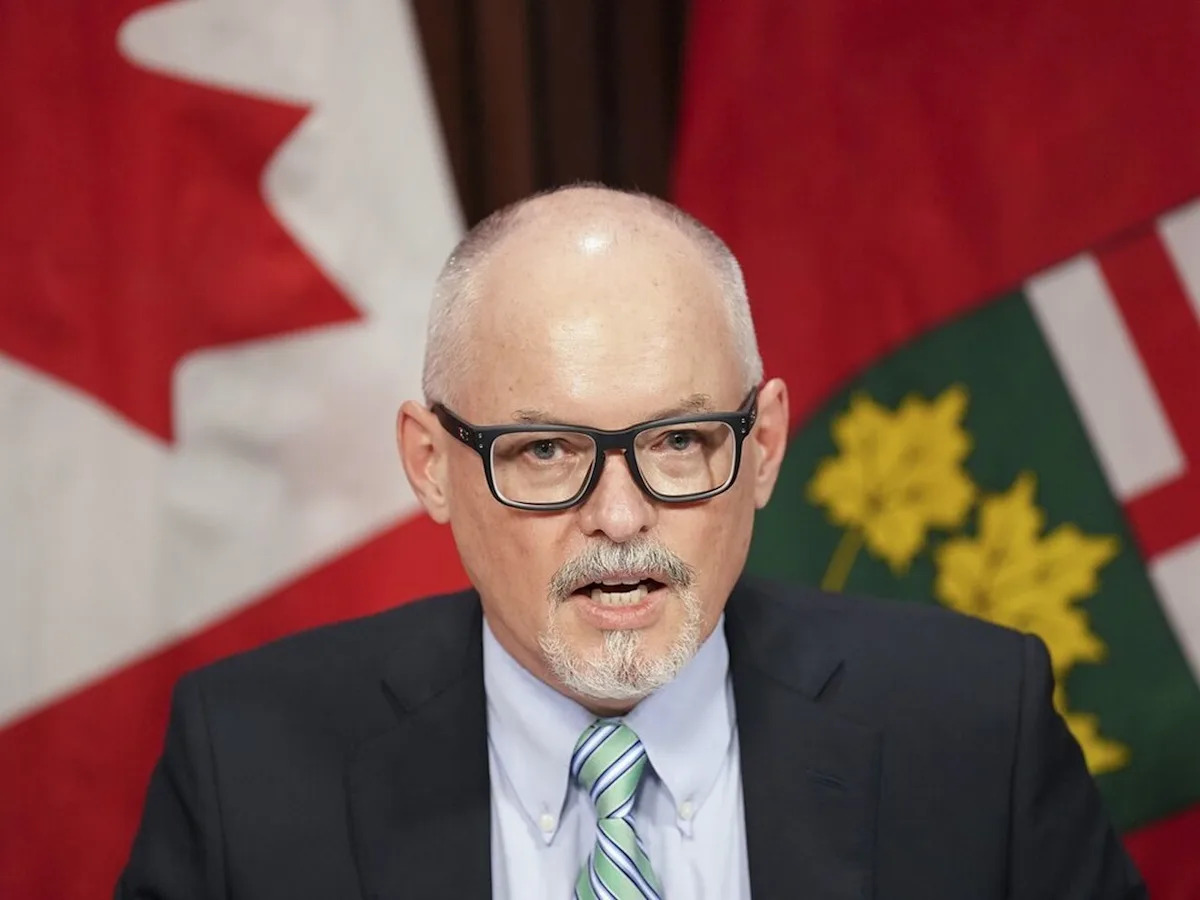When Ontario rolls out its fall vaccination campaign at pharmacies, doctor’s offices and clinics across the province in the coming weeks, it will be bucking a trend.
At a time when both Alberta and Quebec have stopped funding COVID vaccines for the general public, limiting them to higher risk populations, and access to COVID vaccines is becoming limited in the United States, Ontario is moving in another direction.
The fall vaccination campaign, beginning in October, includes free access to an updated COVID-19 vaccine for the general public as well as expanded access to a vaccine to prevent RSV (respiratory syncytial virus) for older adults, and the flu vaccine.
In addition, Ontario has recently added a new preventive antibody RSV vaccine for infants soon after birth or before the RSV season. In the program’s first year, more than 70 per cent of eligible infants received the treatment and there are early signs that it has reduced severe outcomes and hospitalizations.
It is all part of a push to try to counter worrisome trends in vaccine uptake and the increasing spread of preventable illnesses.
Despite growing anti-vax sentiment, rampant misinformation about vaccines — some of it coming from U.S. government officials — and declining immunization rates at home, the province’s Chief Medical Officer of Health Dr. Kieran Moore says Ontario has the potential be a leader in immunization.
Moore devoted his entire annual report — released in August — to immunization, “one of the most effective public health interventions in history.” He warned, though, that declining vaccine confidence and fatigue were undermining the potential benefits of vaccines and Ontario’s lack of a modern vaccine registry was making it more difficult to fill immunization gaps and understand trends in real time. He wants that to change.

A file photo shows a nurse prepares a Pfizer-BioNTech COVID-19 vaccine for children.
Becoming a leader in immunization is a goal that is being applauded by public health officials and experts. In 2025, even marking it as a goal is seen by many as a positive sign. But there is work to be done to get there.
This year alone Ontario has seen the largest measles outbreak since the highly contagious infectious disease was declared eliminated in Canada in the late 1990s. Between January and mid-September, there were 2,375 cases in the province, most of them in infants, children and adolescents who were unimmunized. One infant, who was infected in utero, died.
With large outbreaks in Ontario and elsewhere, Canada’s elimination status for measles is at risk, and the trend lines do not look great.
In 2023-24, measles vaccine coverage for seven-year-olds in Ontario was just 70 per cent, according to Public Health Ontario, down from 86 per cent four years earlier and well below the threshold of about 93 per cent required for herd immunity.
The rate in Ottawa is higher than the provincial average: 81 per cent among Ottawa students born in 2017, and 88 per cent for students born in 2007, according to the most recent data from Ottawa Public Health.
Ottawa Medical Officer of Health Dr. Trevor Arnason noted that, despite a handful of individual measles cases in the city this year, there had been no community spread, which speaks to relatively high vaccine coverage.
The fact that it is lower among younger students, though, suggests a downward trend.
Measles is like a canary in a coal mine when it comes to infectious diseases, University of Ottawa epidemiologist Raywat Deonandan said, serving as a signal about immunization levels in general.
“It is not just measles,” Deonandan said. “We are seeing the return of previously controlled diseases. The larger concern is that we are going to be profoundly unprepared to respond to a genuinely life-threatening pandemic — or even a really bad flu season could knock us on our rear ends.”

Dr. Raywat Deonandan says he would like to see more visible, direct public messaging about the importance of vaccines.
Deonandan said he feared there would be a generation with incomplete immunization coverage “which means higher rates of infection.”
Public health officials in Ottawa and elsewhere have been working to help people update their children’s immunizations with special clinics and public messaging.
Deonandan said he would like to see more visible, direct public messaging about the importance of vaccines. The updated COVID vaccine available this year is the first one made in Canada and is considered a very good match with current strains of the disease.
The lack of a modern vaccine registry system is getting in the way of the goal of making Ontario a leader in immunization, Moore’s report said. There have long been calls for Ontario to update its vaccine registry.
“Immunization is one of the most effective public health interventions in history. Globally, vaccines prevent up to five million deaths each year,” Moore wrote in his report on immunization. “In Ontario, immunization has helped eliminate diseases like polio and rubella and drastically reduced others such as whooping cough.”
In addition, he said, immunization has saved Canada an estimated $2.5 billion a year in decreased health-care costs and productivity gains.
But Ontario’s outdated system of keeping track of vaccinations is confusing and challenging for patients, families and health providers, Moore wrote. Crucially, that makes it impossible to assess vaccine coverage in real time. It also makes it difficult to assess community risk and plan targeted interventions, he said.
Moore called for changes during a time of declining vaccine confidence. In 2024, according to his report, 67 per cent of Canadian parents said they would vaccinate their children without hesitation, down from 88 per cent in 2019.
Seasonal vaccines, such as those that are part of Ontario’s fall immunization rollout, have been particularly impacted by vaccine fatigue, Moore wrote. In 2022, 73.7 per cent of people aged 75 and older in Ontario (the most likely group to experience severe outcomes) received COVID-19 vaccines, compared to 46.3 per cent last fall.
“This is particularly concerning as older adults are at higher risk of severe disease if infected,” Moore said.
Meanwhile, parental skepticism about routine immunizations doubled in Canada between 2019 and 2024.
Moore said health-care providers play a key role in helping to strengthen vaccine confidence, as do community ambassadors, working with health professionals. An updated data system would support the effort with accurate, accessible information.

Dr. Trevor Arnason, Ottawa’s medical officer of health, says public funding is one of the biggest determining factors in whether a person will get vaccinated.
Arnason said Ontario’s decision to continue to fund COVID-19 vaccines for the general public should also play a role.
Public funding, he said, is one of the biggest determining factors in whether a person will get vaccinated.
Arnason said the message from the province about its broad support for vaccines and the call by Ontario’s chief medical officer of health for a modern immunization information system were “very hopeful.”
Where to get vaccinated
Vaccines to combat respiratory illness will be available at pharmacies, some doctors’ offices and some clinics in Ontario in October, beginning with those who are at highest risk.
Beginning in mid-October, COVID-19 and flu vaccines will be available to high-risk and priority groups. That will include adults 65 and over, residents of long-term care homes and congregate living settings, those six months and over who are immunocompromised and individuals 55 and over who identify as First Nations, Inuit or Metis and their non-Indigenous household members 55 and older. Health-care workers and pregnant individuals are also among those considered high-risk. Some of the highest risk, such as long-term care residents, might get vaccinated sooner.
COVID-19 vaccines and flu shot will become available to the general public as of Oct. 27.
Publicly funded RSV vaccines and preventative treatments will be available to those 75 and over as well as high-risk adults between 60 and 74, infants up to eight months old in their first RSV season and high-risk children up to 24 months in their second season. RSV vaccines are available through health-care providers. More information is available online at www.ottawapublichealth.ca/en/public-health-topics/covid-19-vaccine.aspx
The COVID vaccine is recommended especially for those at higher risk, including older adults and those with compromised immune systems. Ottawa Public Health recommends a flu vaccine for everyone six months and older to prevent severe illness: www.ottawapublichealth.ca/en/public-health-topics/influenza-flu.aspx#Who-is-eligible-for-the-flu-vaccine
Our website is your destination for up-to-the-minute news, so make sure to bookmark our homepage and sign up for our newsletters so we can keep you informed.
Related

